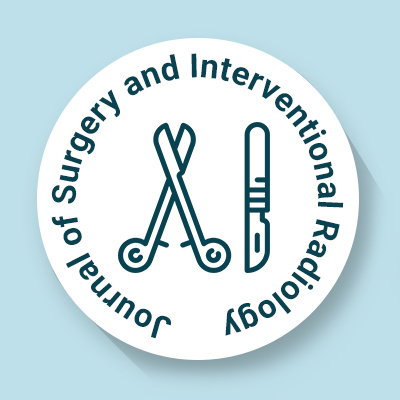
Journal of Surgery and Interventional Radiology
OPEN ACCESS

OPEN ACCESS
Magnetic Resonance Imaging (MRI) is an advanced imaging modality used in radiology to obtain high-resolution images of internal organs and tissues. Unlike computed tomography (CT) and positron emission tomography (PET), MRI does not utilize ionizing radiation, making it a safer option for repeated imaging. Instead, it relies on powerful magnetic fields, radiofrequency (RF) waves, and magnetic field gradients to generate detailed anatomical and functional images.
MRI operates on the principle of nuclear magnetic resonance (NMR), where hydrogen nuclei in biological tissues absorb and re-emit RF energy when subjected to a strong magnetic field. These protons align with the magnetic field and, upon exposure to an RF pulse, transition to a higher energy state. As they relax back to equilibrium, they emit signals that are processed to create images. Various pulse sequences allow for differentiation between tissue types, enhancing the detection of pathological changes.
MRI is widely used across multiple specialties. In neuroimaging, it provides exceptional visualization of the brain and spinal cord, aiding in the diagnosis of tumors, stroke, and multiple sclerosis. Cardiac MRI is valuable in assessing myocardial structure, ischemic disease, and cardiomyopathies. Musculoskeletal applications include detailed imaging of joints, ligaments, and soft tissues for detecting injuries and degenerative conditions. MRI also plays a significant role in hepatobiliary imaging and vascular assessments, such as Magnetic Resonance Angiography (MRA) and Magnetic Resonance Venography (MRV), which evaluate arterial and venous conditions.
Contrast-enhanced MRI, using gadolinium-based agents, improves tissue contrast and diagnostic accuracy, though caution is required in patients with renal impairment due to the risk of nephrogenic systemic fibrosis. While MRI offers superior soft tissue contrast, limitations include contraindications in patients with metallic implants, prolonged scan times, high operational costs, and patient discomfort due to claustrophobia.
Despite these challenges, MRI remains an essential tool in modern diagnostics, providing detailed and non-invasive insights into various medical conditions. Its ongoing advancements continue to enhance diagnostic precision and expand its clinical applications.